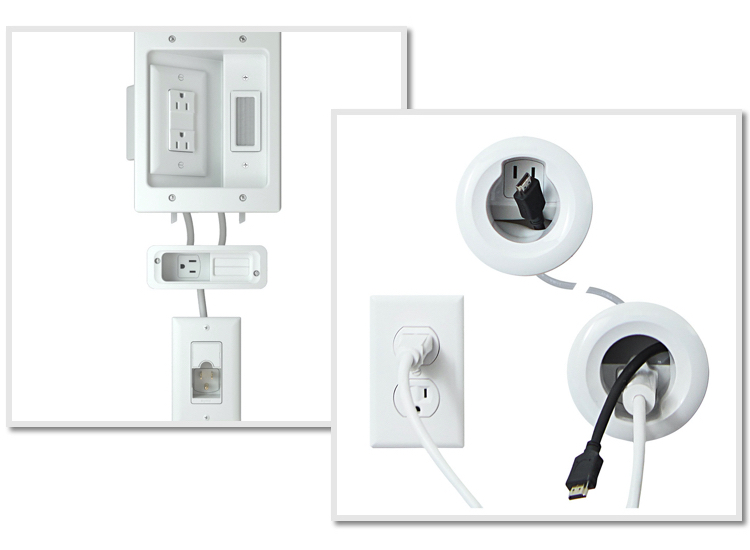Cable management is an essential part of any well-organized home theater setup. By keeping cables tucked away and organized, you'll be able to reduce the amount of clutter on your entertainment center and increase airflow within your system with the help of great cable management in the wall.
The history of cable management can be traced back to the days when televisions were large and bulky pieces of equipment that required dedicated overhead wires to power them. In order to keep these wires contained and organized, manufacturers began using brackets and hangers to suspend the cords above the floor. This system was eventually adapted for use with video cassette players and satellite receivers, and later became a standard feature on televisions.

Image Source : Google
Today, cable services management in the wall is an important part of any high-end home theater setup. By hiding cables away from view, you'll reduce the risk of tangled messes, which will help improve airflow within your system. Additionally, by organizing cables into groups based on type (HDMI vs. Component vs. Audio), you'll be able to more easily find what you're looking for when browsing through your entertainment center.
How Do I Effectively Organize My Wires and Cables?
1. Start by grouping your cables into categories: power, data, audio/video, and other.
2. Label each cable so you can easily find what it connects to.
3. Use wire ties or zip ties to organize your cables horizontally and vertically.
4. Keep your cables out of the way by storing them in cable management racks or a box on the wall.